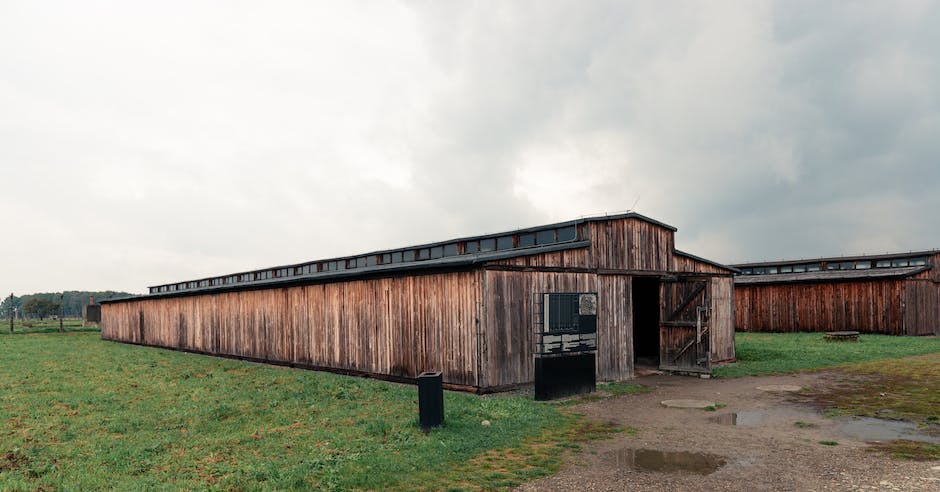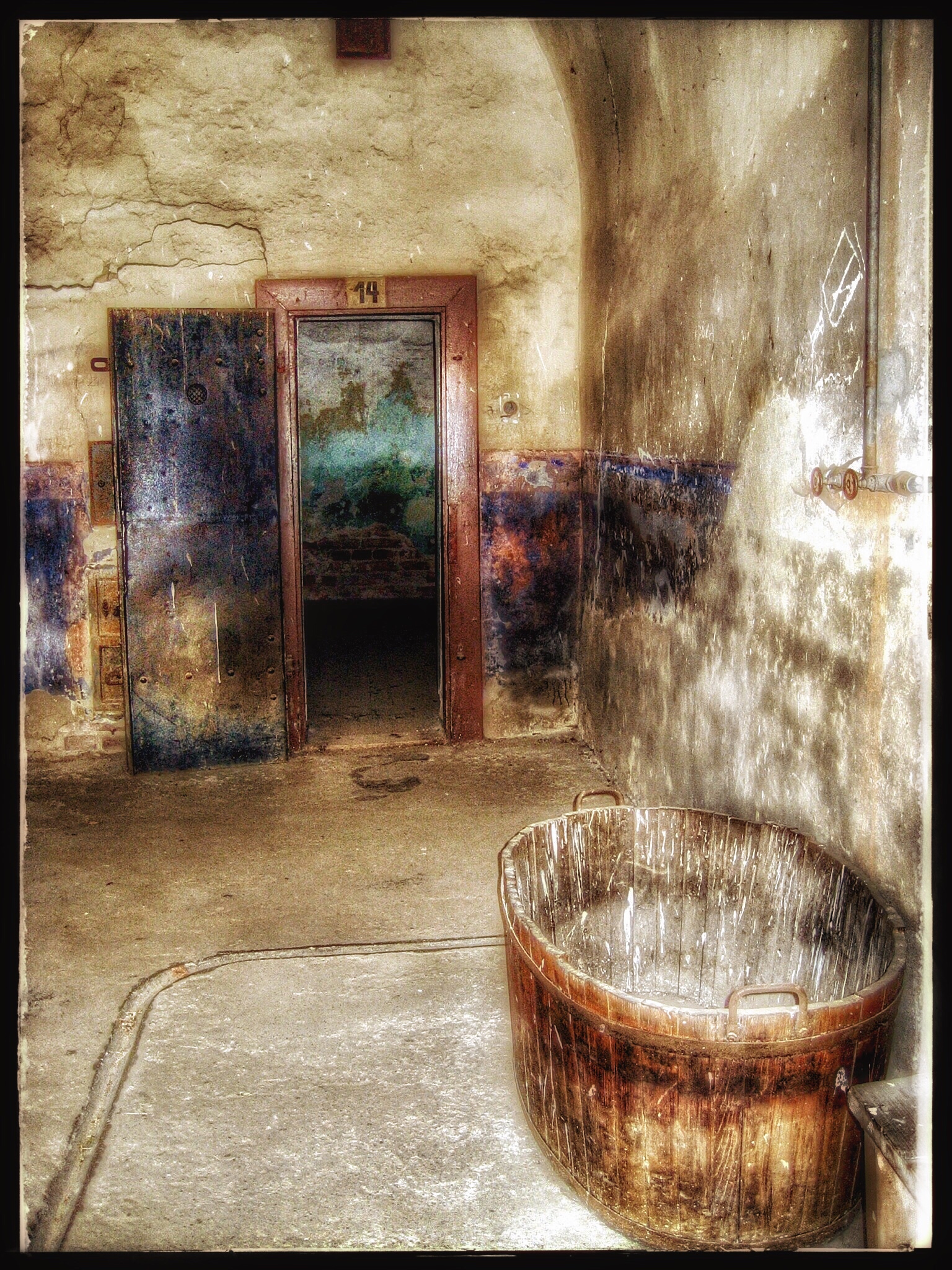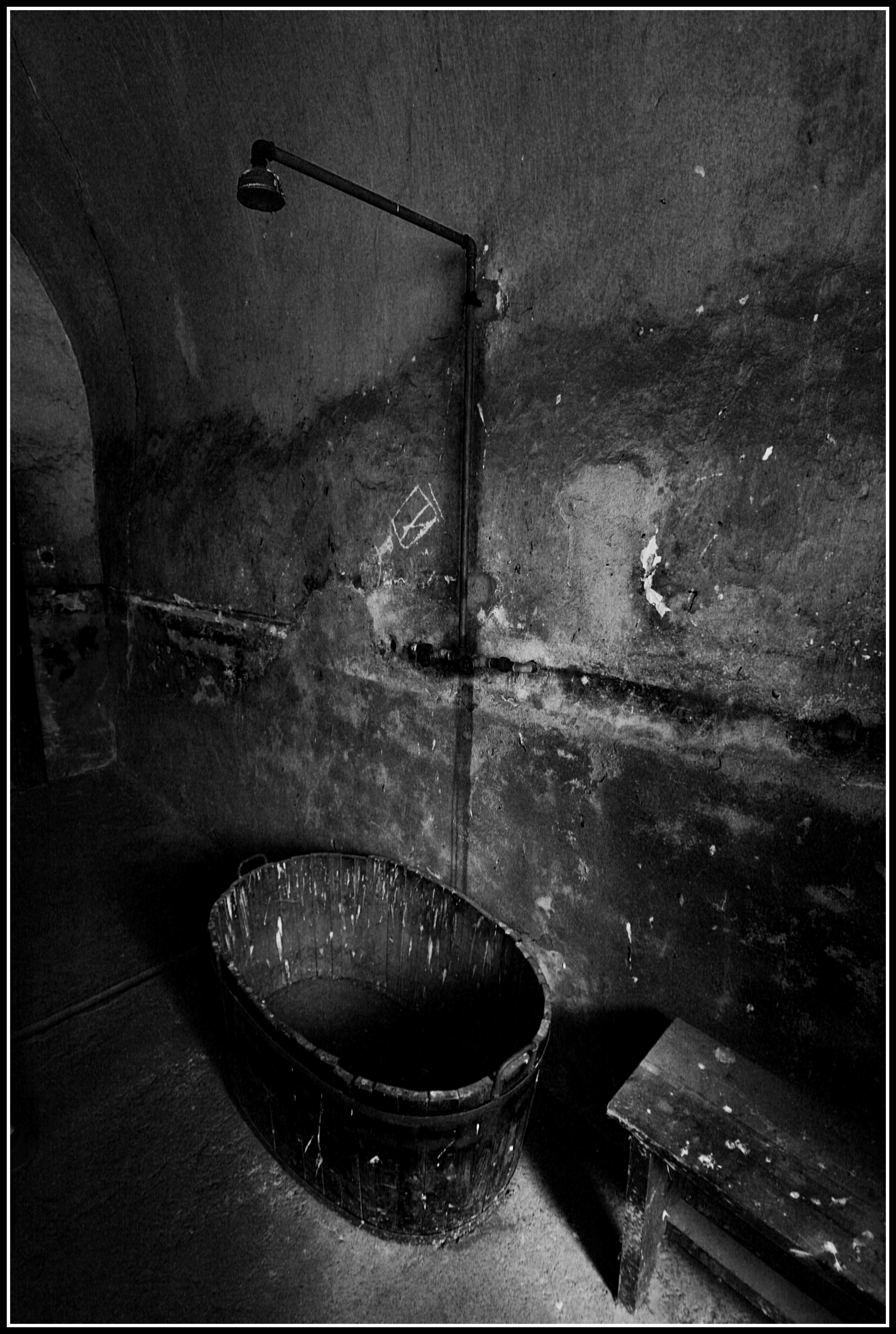Terezin Concentration Camp: A Haunting Reminder of WWII
As the chilling history of World War II continues to echo through the pages of time, there are certain places that serve as profound reminders of the atrocities committed during this dark era. Terezin Concentration Camp stands as one such haunting reminder, captivating the hearts and minds of all those who dare to venture within its somber walls. Nestled in the picturesque countryside of Czechia, this place stands as a testament to the resilience of the human spirit and the devastating consequences of hatred unchecked. In this article, we will embark on a journey through the labyrinthine corridors of Terezin, exploring its history, its stories, and its enduring legacy that continues to resound through the annals of remembrance. Brace yourself, for the echoes of the past will whisper through these words, serving as a somber ode to those who suffered and a warning to future generations.
Terezin Concentration Camp: Preserving the Tragic Tales of WWII
The Terezin Concentration Camp stands today as a haunting reminder of the atrocities of World War II. Located in the Czech Republic, this eerie site once served as a transit camp for thousands of innocent victims, mostly Jews, who were later deported to extermination camps. The camp’s existence and the stories of those who suffered within its walls continue to be preserved, ensuring that the tragic tales of the Holocaust are never forgotten.
Walking through the desolate corridors of Terezin, one cannot help but feel a sense of profound sadness and despair. The camp’s oppressive atmosphere can still be felt, as if the ghosts of the past linger in every corner. The preserved barracks, with their cramped and unsanitary conditions, paint a harrowing picture of the daily life endured by the prisoners. The walls are adorned with haunting drawings and messages, etched into the very fabric of the camp, serving as a poignant testament to the resilience and artistic expression of those whose voices were violently silenced.
Preserving the Memory:
- The Terezin Memorial, established in 1947, is dedicated to commemorating the victims of the camp and educating visitors about the Holocaust.
- The museum exhibits curated personal artifacts, photographs, and artworks created by the prisoners, serving as tangible reminders of their experiences.
- Tours are conducted by knowledgeable guides who share the stories of individual prisoners, providing a glimpse into their lives and the grim realities they faced.
- A visit to Terezin can be a sobering and educational experience, cultivating empathy and a deeper understanding of the human capacity for both cruelty and resilience.
At Terezin, history echoes through the empty spaces, urging us to remember the victims and honor their memory by ensuring that such horrors are never repeated. It is a somber pilgrimage, reminding us of the importance of grappling with the past to build a more compassionate and just future.

Uncovering the Dark History Within Terezin’s Walls
Tucked away in the Czech Republic lies a chilling reminder of the atrocities committed during World War II – the Terezin Concentration Camp. Behind its seemingly ordinary walls, this haunting place holds a dark history that must not be forgotten. Once used by the Nazis as a “model” camp to deceive the world about their true intentions, Terezin tells a tale of unimaginable suffering, resilience, and the strength of the human spirit.
As you step into the camp, the oppressive atmosphere suffocates your senses, immediately transporting you back in time. The eerily quiet streets bear witness to the countless lives that were systematically stripped away within these confines. Walking through the narrow corridors, one can’t help but be overwhelmed by the weight of the past. The stark, crumbling walls silently whisper their stories, beckoning visitors to uncover the truth that lies within.
- The Living Conditions: Terezin’s horrific living conditions were designed to break the spirit of its inhabitants. Overcrowded barracks lacked basic necessities, with prisoners often forced to share bunks or sleep on the cold, damp floor.
- The Mock Village: As a deceptive ploy, the Nazis transformed a small portion of the camp into an idyllic village, complete with painted storefronts and manicured gardens. This façade helped them maintain the deceitful illusion that Terezin was simply a settlement for Jews rather than a concentration camp.
- The Cultural Life: Despite the cruelty endured, Terezin’s inmates showcased remarkable resilience through their artistic endeavors. In the midst of their suffering, art, theater, and music became instruments of hope and resistance.
Today, the haunting walls of Terezin serve as a solemn memorial, a constant reminder of the millions who perished during one of humanity’s darkest times. It is a place that compels us to confront the horrors of the past, learn from them, and ensure that they are never repeated.

A Journey Through Terezin: Must-See Sites and Heartbreaking Stories
Unveiling the somber remnants of a horrifying chapter in human history, Terezin Concentration Camp stands as a haunting reminder of the atrocities committed during World War II. Nestled in the picturesque Czech countryside, this once bustling garrison town turned Nazi ghetto is now a poignant testament to the countless lives lost and the resilience of the human spirit. Terezin’s history serves as a stark reminder of the depths of human cruelty and the importance of honoring the memories of those who suffered.
As you embark on your journey through Terezin, prepare yourself for a deeply moving experience. The camp is home to several must-see sites that provide an insight into the harsh realities of life during that dark period. Begin your exploration at the Small Fortress, a chilling reminder of the brutal conditions endured by prisoners. Traverse its formidable walls, witness the claustrophobic cells, and hear the echoes of past affliction that still resonate within those iron gates.
Continue your pilgrimage to the Ghetto Museum, a site that bears witness to the struggles faced by the Jewish population imprisoned in Terezin. Through meticulously curated exhibits, photographs, and personal testimonies, the museum ensures that the harrowing stories of those who once lived within these walls will never be forgotten. As you immerse yourself in their narratives, a profound sense of empathy will wash over you, underscoring the importance of preserving the collective memory of human suffering.

Reflecting on Terezin: Ways to Support Holocaust Education and Remembrance
The Terezin Concentration Camp, located in the Czech Republic, stands as a haunting reminder of the atrocities committed during World War II. This site serves as a powerful testament to the millions of lives lost and the importance of preserving the memory of the Holocaust. Reflecting on Terezin allows us to delve into the depths of history, cultivating empathy and understanding towards those who suffered. It is imperative that we continue to support Holocaust education and remembrance initiatives to ensure that these horrific events are never forgotten.
One way to support Holocaust education is by donating to organizations dedicated to preserving the memory and sharing the stories of survivors. These organizations often provide resources and materials for educators to teach students about the Holocaust, ensuring that future generations are well-informed about this dark chapter in history. Additionally, volunteering at museums, memorial sites, or educational centers that focus on Holocaust remembrance can be a meaningful way to contribute. By engaging with visitors and assisting in educational programs, you can help create engaging and impactful experiences for those seeking to learn about the Holocaust.
To Conclude
As the sun begins to set over the once foreboding walls of Terezin Concentration Camp, a haunting stillness envelops the air. The echoes of tormented whispers seem to linger, urging us never to forget the immense suffering that occurred within these desolate grounds.
In our journey through the remnants of this haunting reminder of WWII, we have been confronted with harrowing stories and witnessed the resilience of the human spirit in the face of unimaginable horror. Terezin, with its dark past, serves as a somber testament to the depths humanity can sink to, but also to the strength and determination that can triumph over even the cruelest of circumstances.
Throughout our exploration, we have discovered the intricate web of emotions that connect visitors to this place. As we walked through the narrow streets and past the crumbling buildings, it was impossible to escape the overwhelming weight of history. The unyielding silence whispered tales of desperation, loss, and courage, painting a vivid picture of the untold sacrifices made by so many.
It is through our encounter with the haunting atmosphere of Terezin that we are reminded of the vital importance of commemorating the victims and honoring their memory. For within these crumbling walls lie the stories of countless souls, each with their own dreams, hopes, and aspirations that were unjustly extinguished. It is our duty to ensure their stories are not forgotten, but rather shared with future generations as a stark reminder of the consequences of hatred and intolerance.
As we bid farewell to Terezin, we carry with us not just the haunting images but also a deep sense of responsibility. It is our obligation to bear witness to history, to stand against prejudice and discrimination, and to ensure that the atrocities committed at Terezin and other similar sites are never repeated. Through remembrance and education, we can strive to create a world where such darkness is forever banished.
Terezin Concentration Camp, a solemn memorial to the brutalities of war, holds within its walls a deep and profound sense of loss. But it also serves as a beacon of hope, urging us to unite against hatred and intolerance. As the sun sets, we leave this haunting place behind, enlightened by the experiences and stories we have encountered. May Terezin forever remind us of the indomitable spirit of humanity and the imperative need to preserve peace for posterity.

